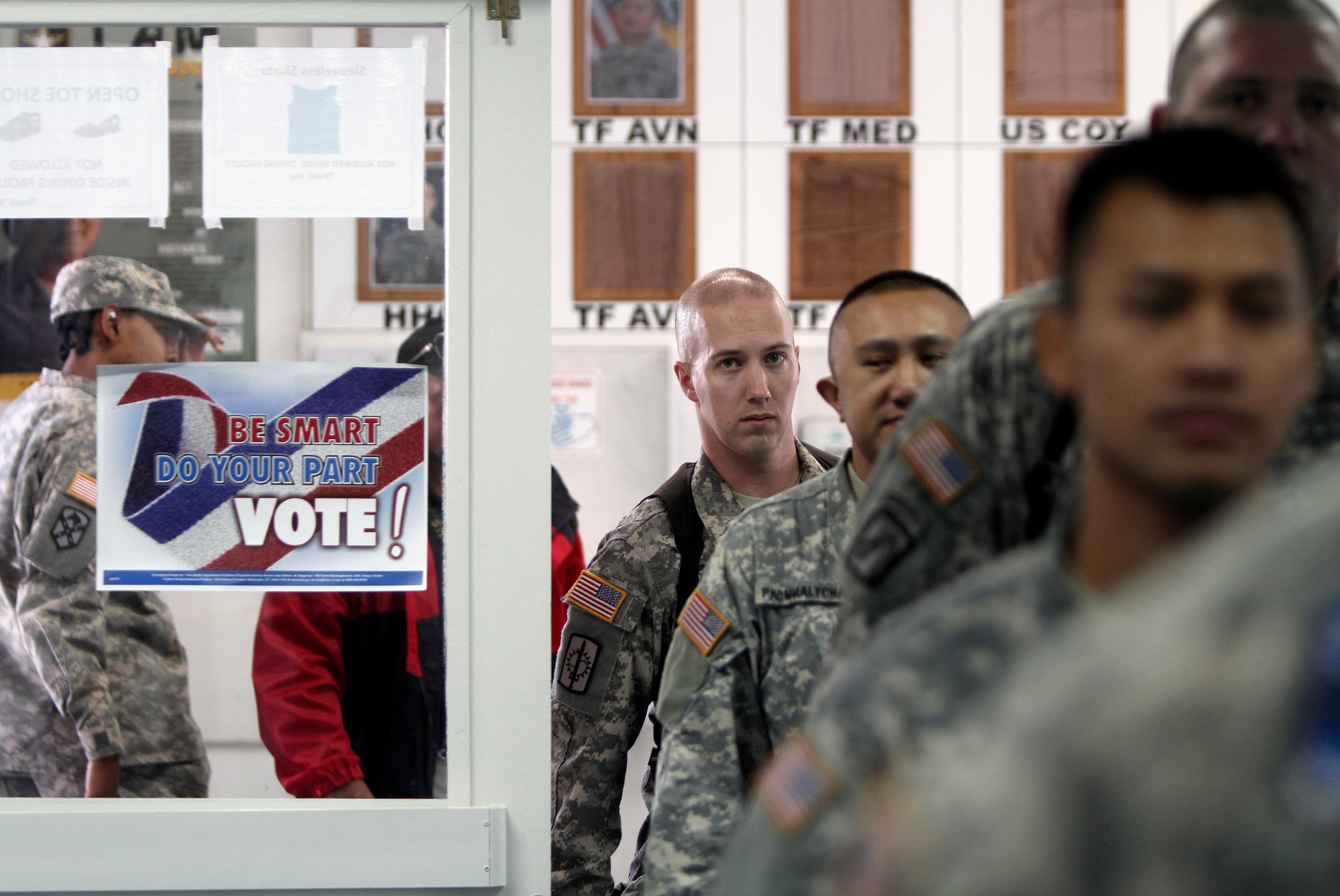ORLANDO, Fla. — He screams, he bleeds, he tells you where it hurts.
His leg is blown off. He bleeds, a lot. Apply a tourniquet, get it right, and you might save his life.
If he is human.
If he is a simulator, the soldier in training to be a combat medic can try the treatment over and over again, with the push of a bookmark button on a screen.
In the noise and confusion of the battlefield, the combat medic has to bring his A game.
The trauma patient simulator called Caesar gives trainees an experience that mimics the distractions of the hostile environment and allows them to practice point-of-injury care, said Cleveland Wiltz, spokesman for CAE Healthcare, which has a wide range of patient simulators for various types of medical training.
Caesar is on exhibit at the I/ITSEC convention here this week.
The simulator is wireless and resistant to water, dust, dirt, humidity, heat and "rough handling," according to information from CAE.
It demonstrates high-pressure bleeding, with a supply of 1.4 liters of blood and sensors at four tourniquet locations on the body.
"The system allows you to practice with the sweat, the anxiety," Wiltz said while demonstrating the simulator on Monday afternoon. "Eventually the anxiety goes away and you go into automatic mode. 'I gotta stop his bleeding, I gotta check his pulse, I gotta check his lungs. What's wrong with his breathing?' All the things you have to go through."
The simulator's vital signs show up on a screen, and react to the trainee's actions as an actual patient would: The blood pressure and pulse respond, the simulator tells you how he feels. His voice has a range of 400 feet.
"You can practice this same scenario five, six, seven times, Wiltz said. "It's the same scenario. You just hit the reset button."
Several different injuries and medical scenarios are possible on the simulator.
The military services have been using Caesar for about a year, in training stateside and recently overseas as well. The Navy has started using Caesar on ships underway, Wiltz said.
Combat medics can get the training in deployed locations, in addition to the training they routinely receive in San Antonio, he said.
Kathleen Curthoys is editor of Army Times. She has been an editor at Military Times for 20 years, covering issues that affect service members. She previously worked as an editor and staff writer at newspapers in Columbus, Georgia; Huntsville, Alabama; Bloomington, Indiana; Monterey, California and in Germany.




